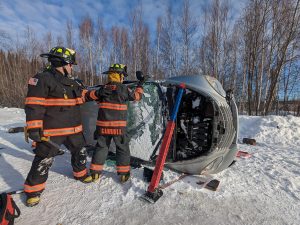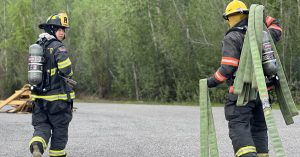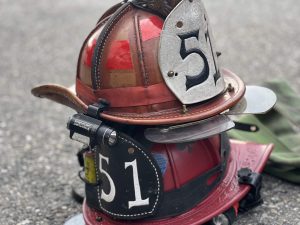Check Our
Latest News

Agenda for BOD Meeting November 13, 2023
The November Board of Directors meeting will be held on November 13, 2023 via Zoom. Please follow this link to the agenda for the Board

Annual Meeting on October 22, 2023
Please join us for the Annual Meeting of the Ester Volunteer Fire Department on Sunday, October 22nd from 4-6pm. This meeting will be held via

Agenda for BOD Meeting September 18, 2023
The September Board of Directors meeting will be held on September 18, 2023 at EVFD Station 51. Please follow this link to the agenda for
About Us
Learn more about how we do things
Support Us
Your donations, gifts, and grants help us protect and serve the community.
Your generous donations, in-kind gifts, and grants make a profound difference in the lives of those we serve. Every contribution helps us maintain our equipment, train our volunteers, and ensure that we’re ready to respond to emergencies at any time. With your support, the Ester Volunteer Fire Department can continue to protect and serve the community with excellence. Together, we can save lives and keep Ester safe.
How it All Began
The History of the Ester Volunteer Fire Department
The village of Ester was founded as a gold rush town just after the turn of the last century. Located some 6 miles west of Fairbanks, at the confluence of three rich, gold-bearing creeks, the residents of the area decided to remain after large scale mining ceased in the late 1950s. With help from the Ester Community Association, the Ester Volunteer Fire Department began in the mid-1960s as a neighborhood fire extinguisher brigade that used “telephone trees” to alert members when they were needed. The Department incorporated in 1977, and with the purchase of an Alaska Pipeline-surplus water tanker, began providing fire protection in a more practiced manner.
